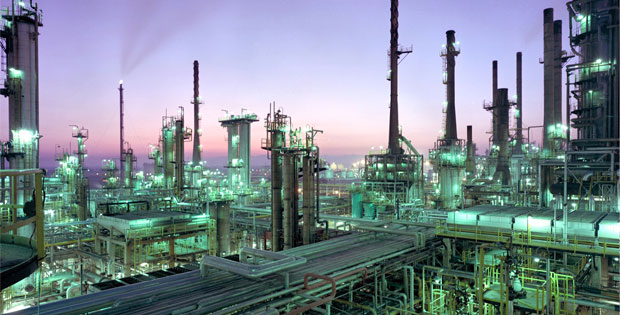
The Covid-19 global pandemic’s effects on markets and how manufacturers continue to adapt to this market disruption
Welcome to the first in a monthly series of market analysis and commentary articles brought to you by the Imubit Economic Engineering team. These will provide interesting and timely content centered around hydrocarbon markets and economics including transportation fuels (gasoline, diesel, ethanol), chemicals, oil, natural gas, and ammonia. Our Economic Engineering team has experienced refining and chemicals planning, economics, and coordination personnel that have worked in settings from the field to the trading floor. We hope you find these useful. Our team looks forward to potentially helping you discover and monetize new optimization opportunities at your facility by combining our domain expertise with the world’s most capable solution for AI powered closed-loop optimization.
The topic for the first of these pieces will not surprise anyone: the Covid-19 global pandemic’s effects on markets and how hydrocarbon processors continue to adapt to this market disruption. The pandemic has disrupted supply and demand in almost every hydrocarbon processing business, wreaking havoc on margins from upstream through refining and even chemicals. There are probably thousands of articles on this topic, so we will try to provide some different views and perspectives as we examine how things move forward from here. While the effects are global, we will focus on the US market for this month’s analysis.
Refining and Fuels
Refiners have been significantly affected by the pandemic. They were thrust from an age of maximizing rates and healthy margins to cutting back to 70-80% capacity utilization and near-zero and negative margins amid vaporizing demand for Jet. With the vast majority of Jet sunk into the diesel pool, production of ULSD was boosted at a time when exports to other regions also fell with GDP. This resulted in a massive build of distillate stocks even while balancing gasoline production. There is a nice rundown of the various changes refiners have made on the whole published recently by the EIA. In addition to operational adjustments and optimization, refiners have also responded by idling and permanently shutting down facilities.
This brings us the chart of the month, distillate inventories by PADD from the EIA.

Source: EIA
Gulf Coast (PADD 3) inventories continue to rise as refiners continue to produce more distillate than is needed with Jet being downgraded into diesel – even at reduced rates. East Coast inventories can also be looked at as an extension of PADD 3 storage since the two are connected by pipelines. Currently inventory sits at a hefty 50 days of demand compared to about 35 days this time last year. For comparison, gasoline inventories sit at about 27 days of demand compared to about 24 days this time last year.

Source: EIA
So why don’t refiners just increase conversion? There is not much of an incentive to increase conversion due to the market continuing to be disconnected from reality – ULSD prices have held very close to and even above gasoline despite carrying a much higher and increasing inventory.
Given the facts, it is hard not to believe that ULSD prices are being held up by speculation and paper-backed contango plays. As physical storage for ULSD reaches its limitations, ULSD prices will need to fall to incent refiners to more aggressively move towards high-conversion operation and lower crude inputs. During times like this, be prepared to quickly optimize to capture market changes.

Source: EIA
Chemicals
As the pandemic has progressed, we have seen demand for some polymer grades decrease with manufacturing and construction activity, while other grades used for medical PPE and other single-use items increase. That has thrown some interesting curves for monomers like ethylene, propylene, and paraxylene. The good news is that with improvements in activity, there has been some relief in margins for olefins producers. We will take a closer look at ethylene and propylene in a future post.
If your team is looking for ways to quickly optimize your facility, we’re happy to talk with you. We’ve used our domain expertise and AI-powered closed-loop optimization solution to help multiple operators successfully deploy Imubit’s Deep Learning Process Control® technology across their sites. We are happy to share more details over a live discussion.
See imubit.com for more details.



